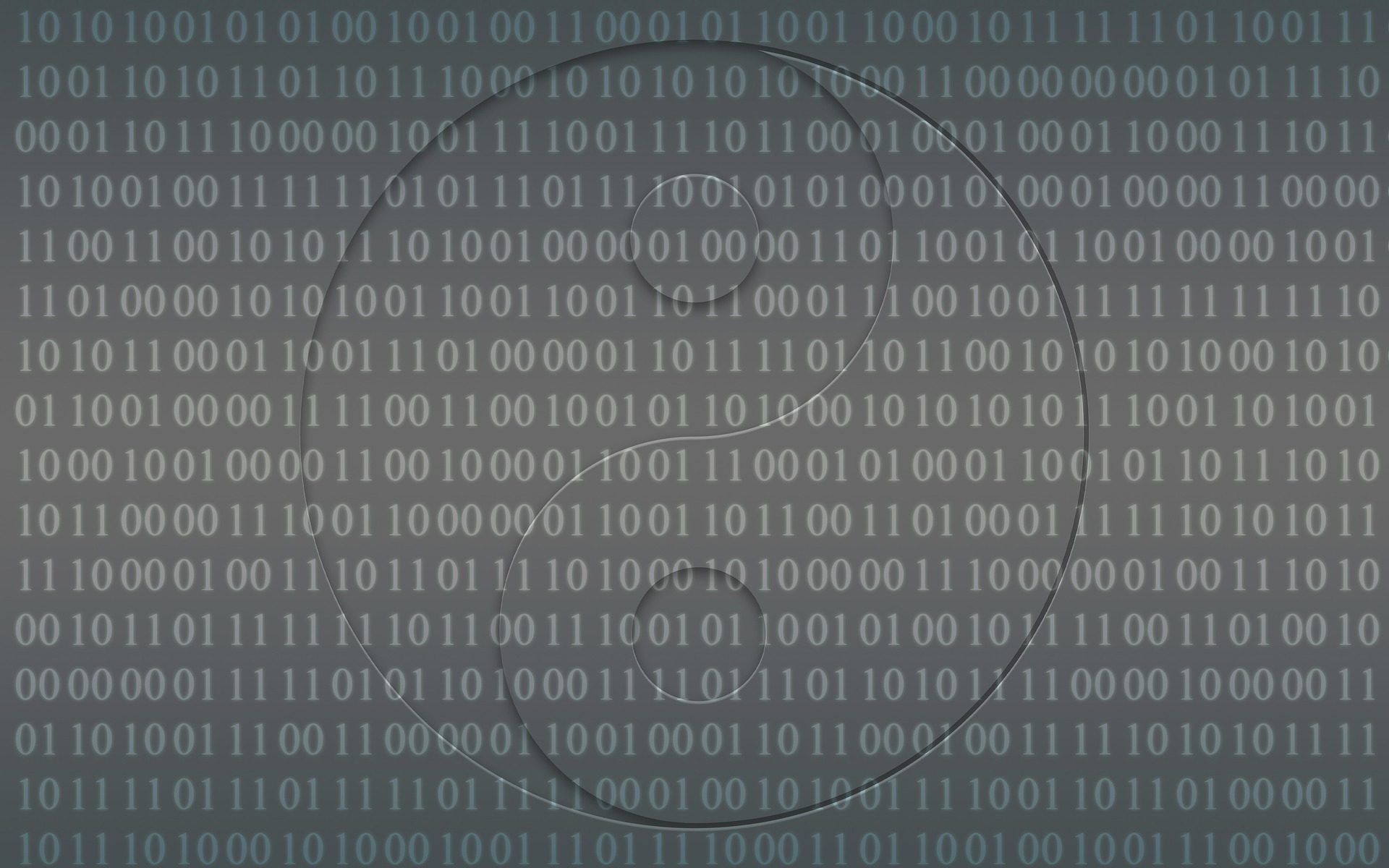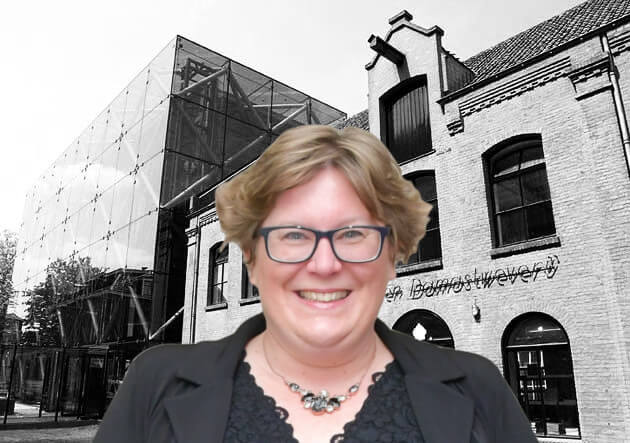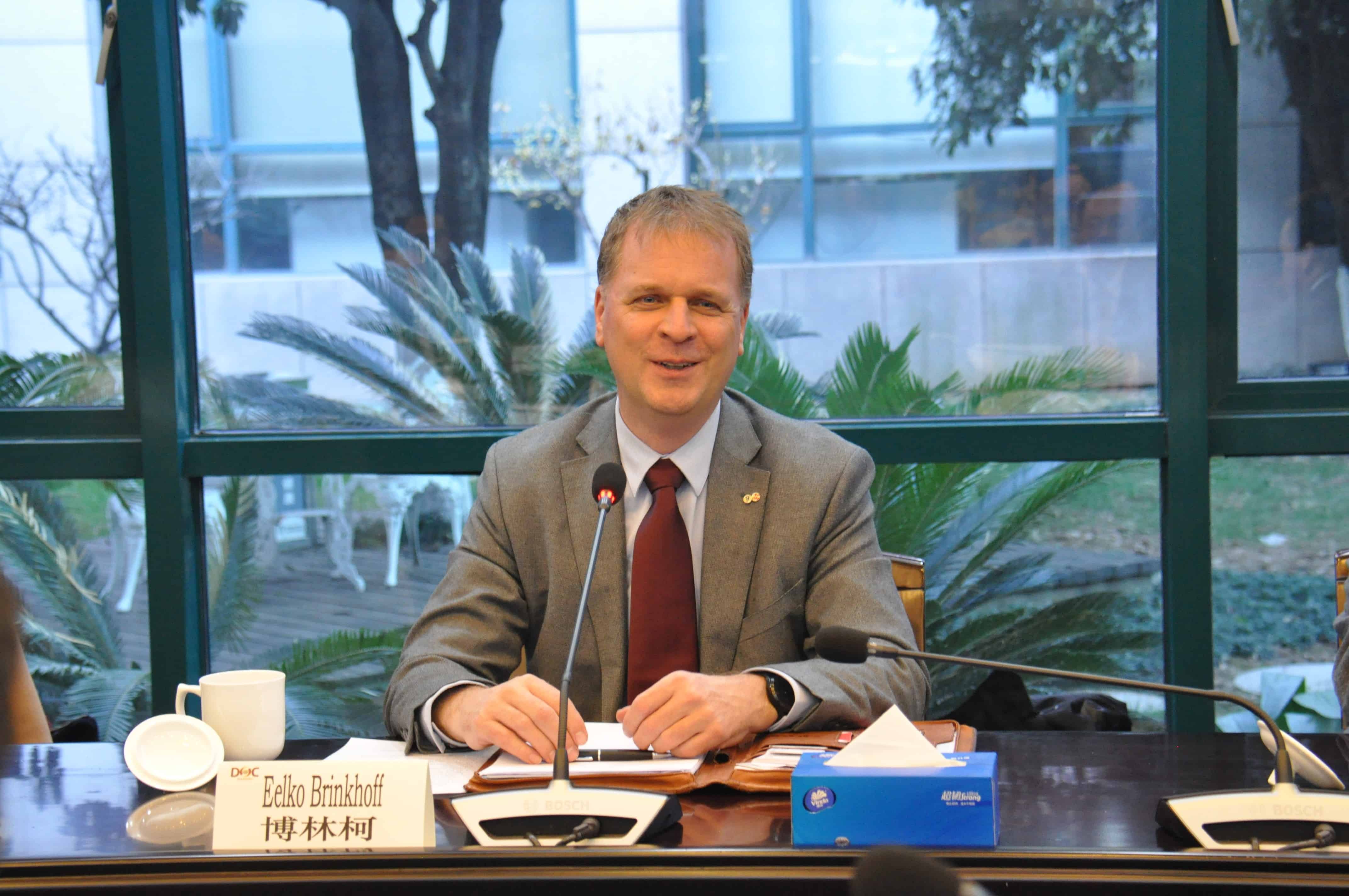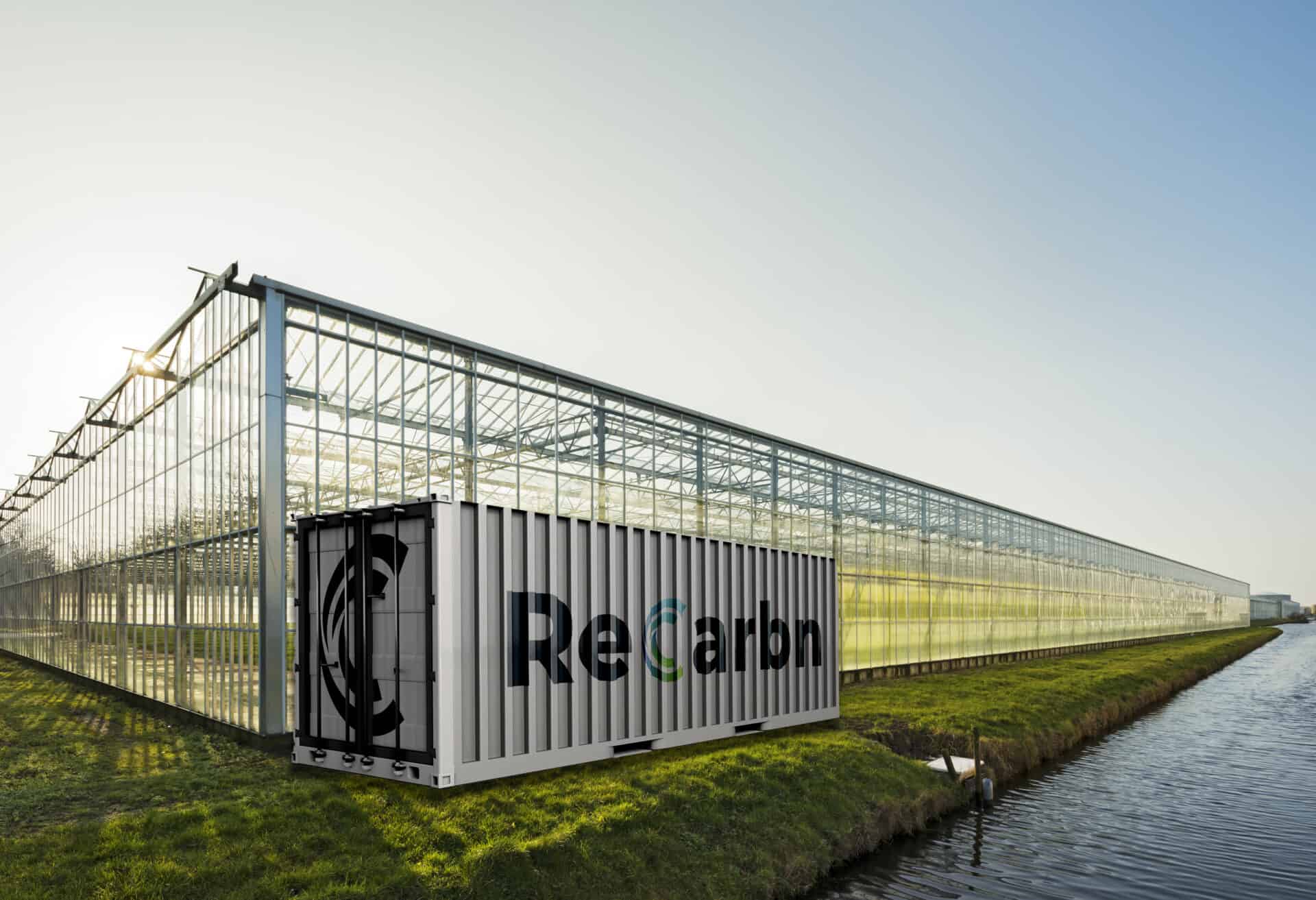
These are turbulent times. Crisis after crisis. Not only is there a great deal of geopolitical unrest in the world, we are also in the middle of the fourth industrial revolution. The latter is typified as an era of disruptive transformation. Whatever way you look at it, the country is in chaos.
In the eye of the storm of crisis and transformation, managers tend to look for agile professionals. The professional of 2022 must be able to hold their own in volatile times and be, above all, flexible. If they’re unable to do this, then they should attend a ‘futureproof skills’ course or some other workshop that will help them transform into an agile professional.
The stress of too many choices
I speak to so many professionals from so many different organizations and I sense very different needs in them. That need is twofold, akin to yin and yang, i.e.: two elements that appear to be contradictory, but which in practice actually reinforce and enrich each other. The first need is for structure and focus. I hear from a lot of professionals that there are agile ideas, but that there isn’t a manager out there who has the courage to really give them a shot.
The question that keeps cropping up in conversations with employees is: ‘What are we actually doing and what are we specifically not doing?” Among managers, stress caused by too many choices paralyzes the professional. I hear from some professionals that, in the middle of the eye of a storm, a manager may even tack on more things: more To Do lists instead of helping their team to set priorities. Structure and focus is the anchor in the middle of the tumultuous sea of crises and disruptive transformation.
The child within us
At the same time, I also sense a need for more playful creativity. Serious Play has never been more topical. The need to clear your head of crisis- and transformation-related problems and instead focus on what is fun, creative and positive has rarely been greater. LEGO Serious Play kits are selling like hotcakes and we’re all busy drawing, coloring and tinkering around. In these troubled times, we tend to feel the need to reawaken the child within us, in hopes of feeling a tad less pressured by the upheaval that pervades these times.
Structure and playfulness obstensibly seem like polar opposites. Yet they are not. For example, the methods that I love to work with, such as Design Thinking and the Bullet Journal Method, are in fact typified by a combination of these two factors.
Idris Mootee describes the term Design Thinking in his book ‘Design Thinking for Strategic Innovation’ as “the search for a magical balance between business and art; structure and chaos; intuition and logic; concept and execution; playfulness and formality; and control and empowerment.” (Mootee, 2013, p. 33). Structure and playfulness are the yin and yang of this modern era.
Back to the classics
However, at the same time, there’s nothing modern about combining structure and playfulness. In Ancient Greek civilization, for instance, we already saw these two elements in evidence. So, we don’t need “future skills” at all. We need rock-solid skills that have been around for centuries and help us time and again during periods of change: structure and playfulness.
About this column:
In a weekly column, alternately written by Eveline van Zeeland, Derek jan Fikkers, Eugène Franken, Katleen Gabriels, PG Kroeger, Carina Weijma, Bernd Maier-Leppla, Willemijn Brouwer and Colinda de Beer, Innovation Origins tries to figure out what the future will look like. These columnists, sometimes joined by guest bloggers, are all working in their own way to find solutions to the problems of our time. So tomorrow will be good. Here are all the previous article







